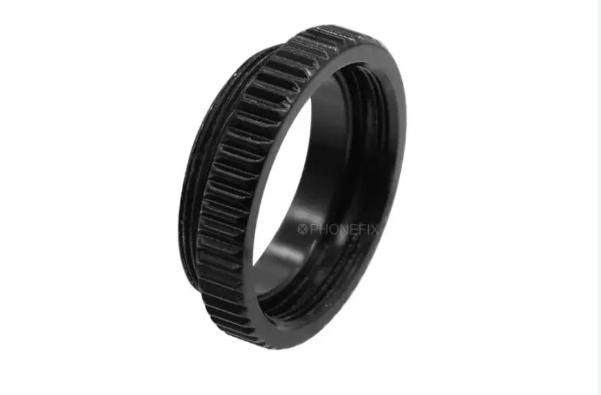When connecting a camera to a microscope, choosing the correct lens mount is critical for optimal image quality. The two most common standards are C-Mount and CS-Mount, which differ in flange distance and compatibility. This guide explains their specifications and how to select the right one for your setup.
1. C-Mount Specifications
Thread Diameter: 1 inch (25.4 mm)
Thread Pitch: 32 TPI (threads per inch)
Flange Focal Distance (FFD): 17.526 mm
Compatible Sensor Sizes: Typically used with sensors up to 1 inch (e.g., 2/3″, 1/2″, 1/3″).
2. CS-Mount Specifications
Thread Diameter: Same as C-Mount (1 inch / 25.4 mm, 32 TPI)
Flange Focal Distance (FFD): 12.5 mm (shorter than C-Mount)
Compatible Sensor Sizes: Best suited for smaller sensors (e.g., 1/4″, 1/3″).
Key Differences: C-Mount vs. CS-Mount
The primary distinction lies in their flange focal distance:
- Mount (17.526 mm) requires a longer back focus.
CS-Mount (12.5 mm) is more compact but incompatible with C-Mount lenses without adjustment.
Adapter Considerations
Using a CS-Mount lens on a C-Mount camera?
You’ll need a 5 mm extension ring to achieve proper focus.
Using a C-Mount lens on a CS-Mount camera?
Not possible without modifying the flange distance (the lens will not focus correctly).
Which One Should You Use for Microscopy?
Most industrial and scientific microscopy cameras use C-Mount due to better compatibility with high-resolution sensors.
CS-Mount is found in compact or budget cameras but may limit lens choices.
Always check your camera’s mount type and sensor size before purchasing lenses or adapters.

